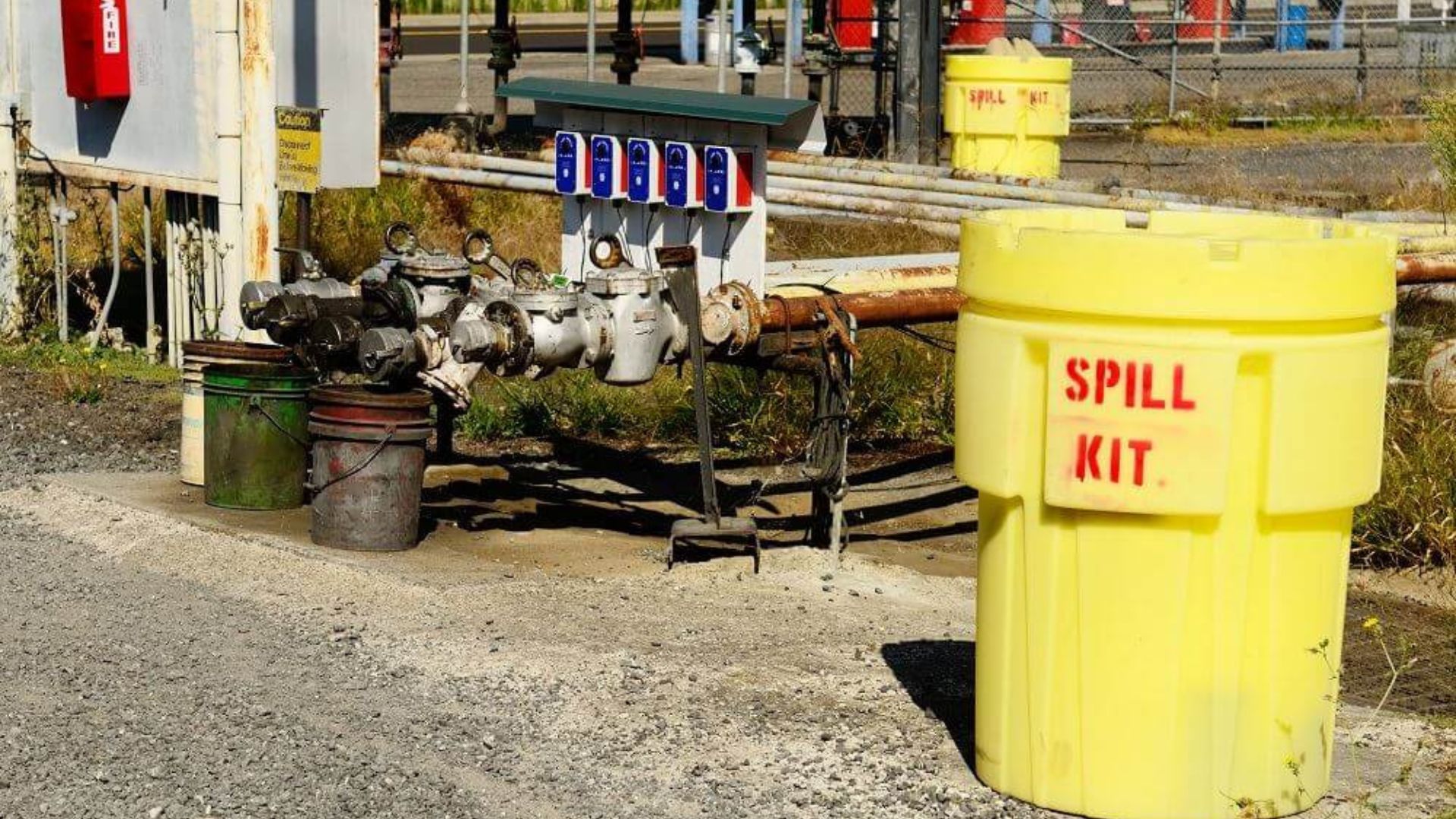Identifying and mitigating chemical risks is crucial for maintaining a safe working environment. In this article, we’ll share essential tips for identifying and mitigating chemical risks in your workplace.
Understanding the Importance of Identifying and Mitigating Chemical Risks
Identifying and mitigating chemical risks is the first step toward a safer workspace. Chemical hazards can pose significant threats to health and safety, making it vital to recognize and address these risks promptly.

Identifying and Mitigating Chemical Risks
Conduct a Thorough Risk Assessment
A comprehensive risk assessment is essential for identifying and mitigating chemical risks. This process involves examining all chemicals used in the workplace, assessing their potential hazards, and determining the likelihood of exposure. Regular risk assessments help in keeping safety measures up-to-date.
Create an Inventory of Chemicals
Maintaining an accurate inventory of all chemicals is a crucial part of identifying and mitigating chemical risks. This inventory should include details such as the chemical name, quantity, storage location, and associated hazards. Keeping this list updated ensures that you are aware of all potential risks in your environment.
Understand Safety Data Sheets (SDS)
Safety Data Sheets (SDS) provide vital information about chemicals, including their hazards, safe handling procedures, and emergency measures. Familiarizing yourself with the SDS for each chemical helps in identifying and mitigating chemical risks effectively.
Label Chemicals Clearly
Proper labelling is essential for identifying and mitigating chemical risks. Each container should have a clear, legible label that includes the chemical name, hazard symbols, and safety instructions. This practice ensures that everyone in the workplace is aware of the potential dangers and can handle chemicals safely.
Implement Safe Storage Practices
Safe storage is a key aspect of mitigating chemical risks. Chemicals should be stored in appropriate containers, away from incompatible substances, and in a well-ventilated area. Regularly inspect storage areas to ensure compliance with safety standards.
Use Personal Protective Equipment (PPE)
Wearing appropriate personal protective equipment (PPE) is critical for mitigating chemical risks. PPE may include gloves, goggles, face shields, and lab coats. Ensure that all staff are trained in the correct use of PPE and that equipment is readily available.
Train Employees on Chemical Safety
Proper training is essential for identifying and mitigating risks. Conduct regular training sessions on chemical safety, including the correct handling, storage, and disposal of chemicals. Well-trained employees are better equipped to recognize and respond to potential hazards.
Develop Emergency Response Plans
Having a well-defined emergency response plan is vital for mitigating chemical risks. This plan should include procedures for dealing with spills, exposures, and other emergencies. Regularly review and update the plan to ensure it remains effective.
Monitor Air Quality
Monitoring air quality is an important step in identifying and mitigating risks. Use appropriate equipment to measure the concentration of hazardous chemicals in the air and ensure that ventilation systems are functioning correctly.
Implement Proper Disposal Procedures
Proper disposal of chemicals is essential for mitigating risks. Follow local regulations and guidelines for disposing of hazardous waste. Ensure that all employees are trained in these procedures to prevent environmental contamination and health hazards.
Regularly Review Safety Procedures
Regularly reviewing and updating safety procedures is crucial for maintaining a safe environment. Conduct periodic audits to ensure that all safety measures are being followed and that any new risks are promptly addressed.
Encourage a Safety Culture
Promoting a culture of safety is key to identifying and mitigating risks. Encourage employees to report potential hazards and near misses, and involve them in safety planning and decision-making processes. A proactive approach to safety helps in preventing accidents.
Utilize Safety Equipment and Technology
Using safety equipment and technology can greatly aid in mitigating risks. This may include gas detectors, fume hoods, and spill containment systems.
Stay Informed About Regulations
Staying informed about regulations and industry standards is essential for mitigating chemical risks. Regularly review relevant guidelines and ensure that your workplace complies with all safety requirements. This practice helps in maintaining a safe and compliant environment.
Conclusion
Identifying and mitigating chemical risks is a continuous process that requires diligence and commitment. By following these tips, you can create a safer workplace and protect everyone from potential chemical hazards. Always prioritize safety and stay vigilant to ensure a risk-free environment.




